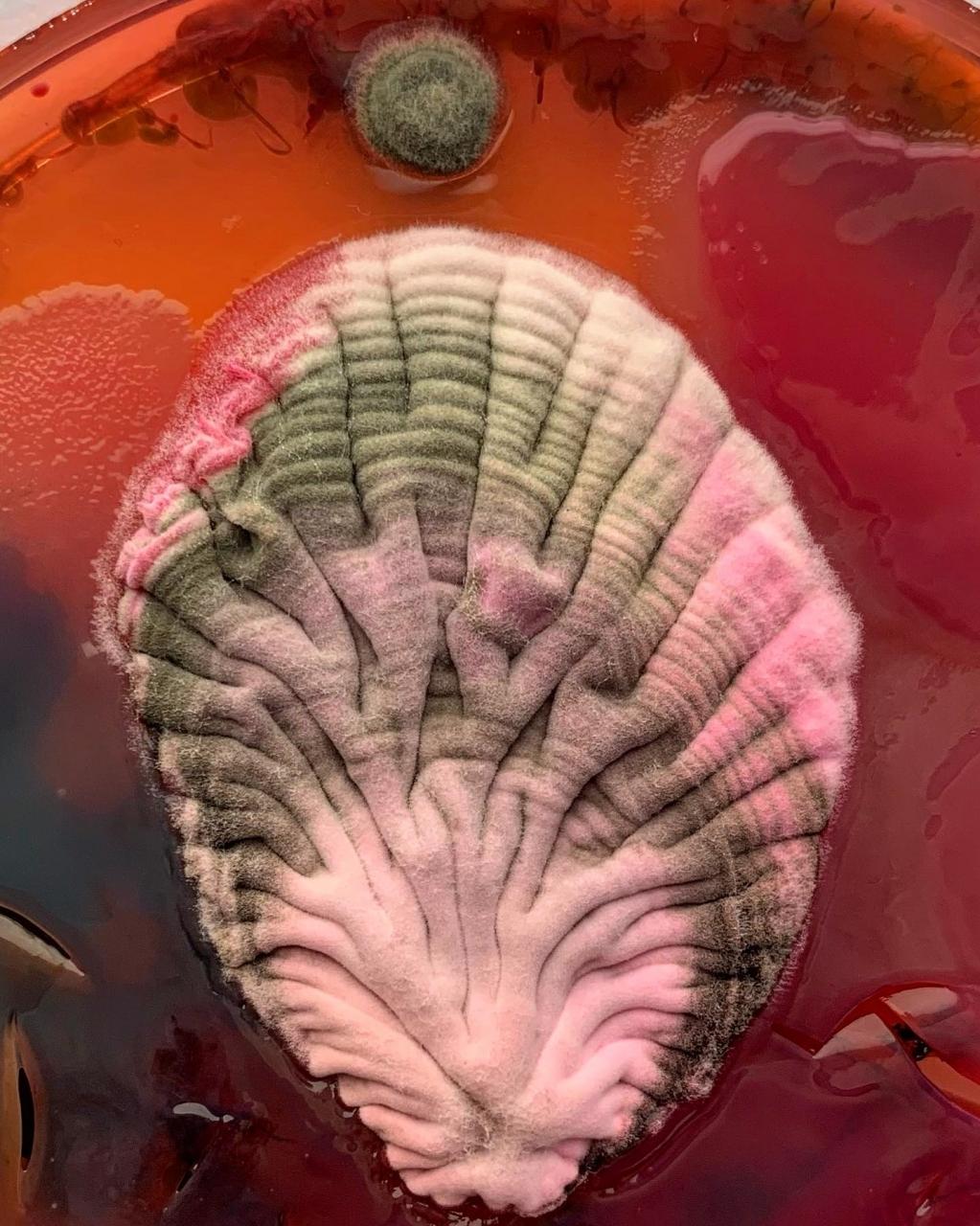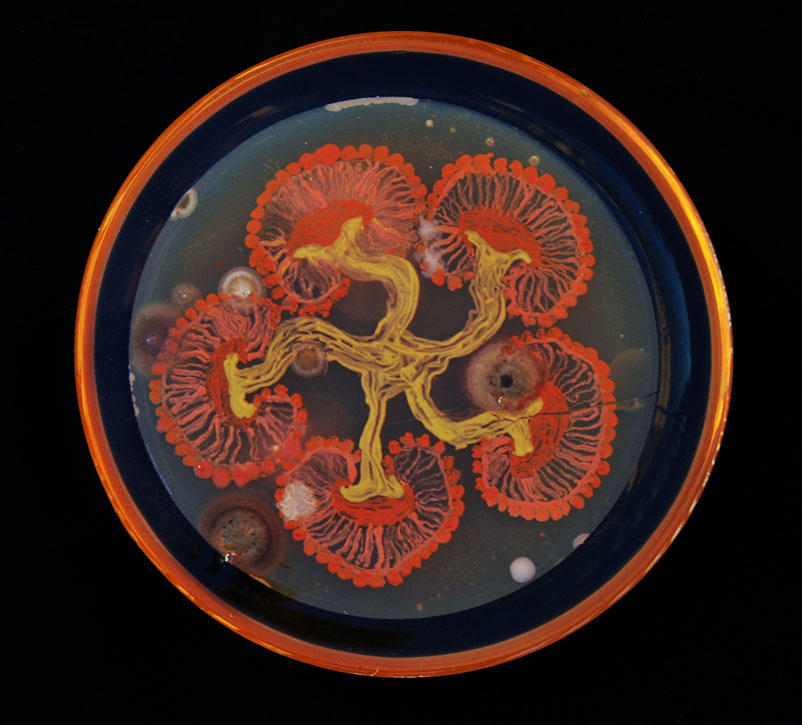Bio-Art is one of the latest trends in contemporary art
It has the feature of using biotechnology as a medium.
Growing living tissues, genetics, morphological transformations, biomechanical constructions are some of the methods used by bio-art artists to pose ethical and social challenges to the development of biotechnology.
Although BioArtists work with living matter, there is some debate as to the stages at which a matter can be considered live or alive.
The creation of living beings and practice in the life sciences leads to ethical, social and aesthetic exploration.
There is some discussion about including works that do not work with living tissue technologies in the bio-art stream.
Works that contribute to bio-art should be recognized to the extent that they reflect a level of criticism or comment on existing problematic relationships between society and development in biotechnology.
Bioart has also been developed from modern art plastics, which includes a production process in balance with the environment, that is, considering the use of recyclable and reusable materials to produce artistic products in balance with the environment.

Bioart’s goal is to offer the public the opportunity to develop and contemplate the expression of each artist returning to the roots, to the expression of each culture that is born from the earth and does not harm it.
BioArt has been scrutinized for its apparent lack of ethics
While most of the people who practice BioArt are classified as artists in these new media, they can also be considered as scientists as the actual environment within the work refers to molecular structures etc.
Because of this dual recognition, the cell biology department at Harvard University invites everyone to submit work based on scientific or artistic merit. This may encourage someone to submit work to which they respond strongly.
Lab work can present a challenge to the artist at first because the environment is often alien to the artist. While some artists have prior scientific training, others must be trained to perform procedures or work in tandem with scientists who can perform the required tasks.
Bio artists often use education related to science and scientific practices, such as working with bacteria or living tissues.
Much of the art is related to tissue culture and transgene, a term for various genetic engineering processes through which genetic material from one organism is altered by the addition of synthesized or transplanted genetic material from another organism.
The scope of the term BioArt is the subject of ongoing debate
The main point of discussion centers around whether BioArt must necessarily involve the manipulation of biological material, as is the case in microbial art, which is by definition made up of microbes.

A broader definition of the term would include work that addresses the social and ethical considerations of the biological sciences.
Under these conditions, BioArt as a genre has many crossovers with fields such as critical or speculative design. This type of work often reaches a much wider general audience and is focused on starting discussions in this space rather than groundbreaking or even based on specific biological practices.
Examples in this space include Ray Fish shoes, which advertise shoes made with a pattern using genetically modified pitched leather, and BiteLabs, a biotech startup that tried to make meat salami cultured from celebrity tissue samples.
However, among art communities, BioArt is increasingly limited to work that is not directly related to biological materials.
However, many of BioArt’s projects are about manipulating cells rather than whole organisms, such as Victimless Leather by SymbioticA.
“The realized ability to wear a ‘skin’ without killing an animal is offered as a starting point for a cultural discussion. Our intention is not to provide yet another consumer product, but to raise questions about our exploitation of other living beings.
” These projects were designed specifically to highlight and challenge our relationship with non-human animals and the use of animal products in scientific processes.
Art is a flight of fancy, a creative search
However, contemporary art trends prove that science and art can coexist.It can be lumpy, rough, unsanitary, sometimes invisible, and hard to keep in the auction.
At the same time, he does something very traditional that art is supposed to do: draw attention to the beautiful and grotesque details of nature that we will never see otherwise.
At first glance, there is nothing in common between art and science; in our minds, science is calculations, theories, and experiments.
